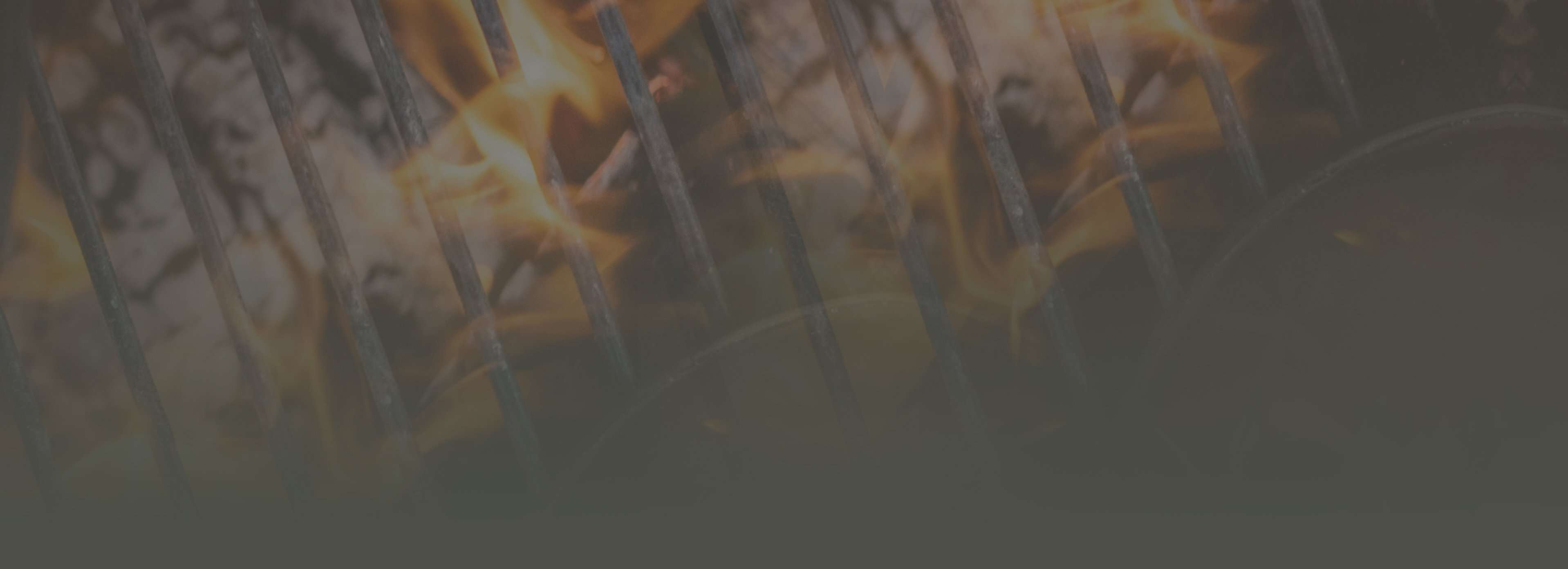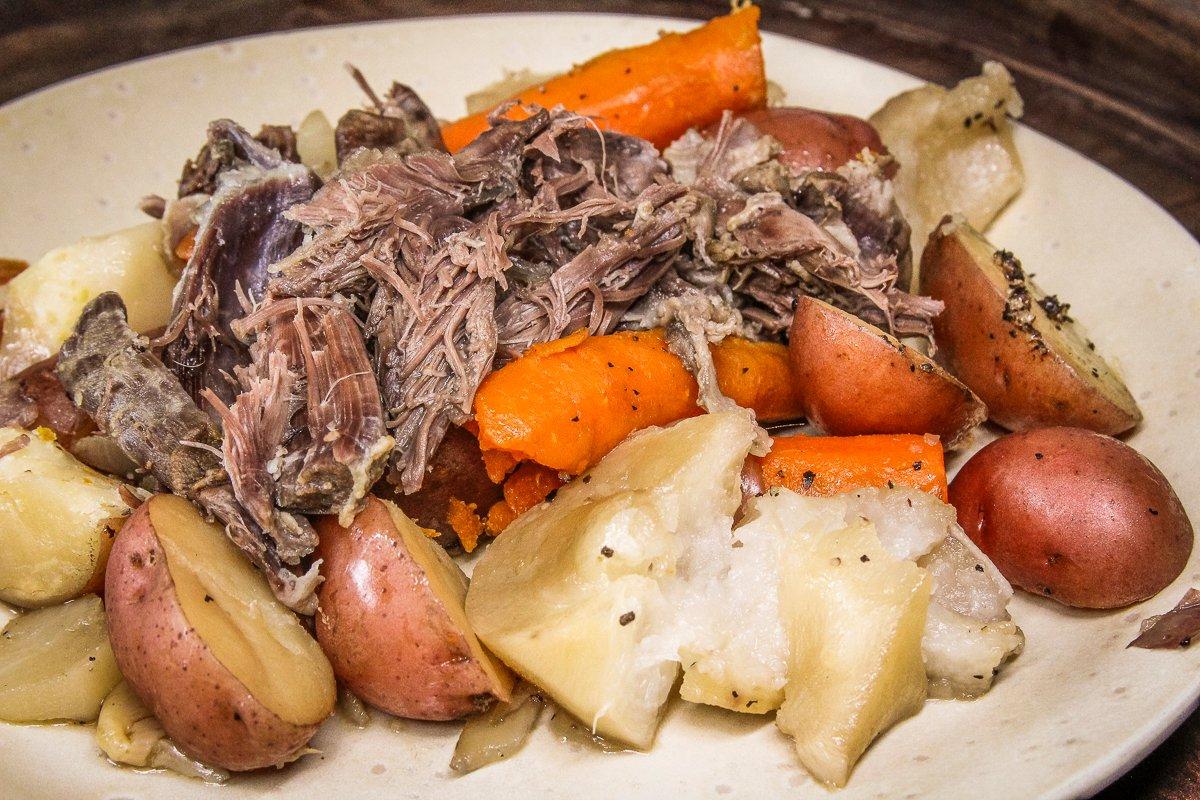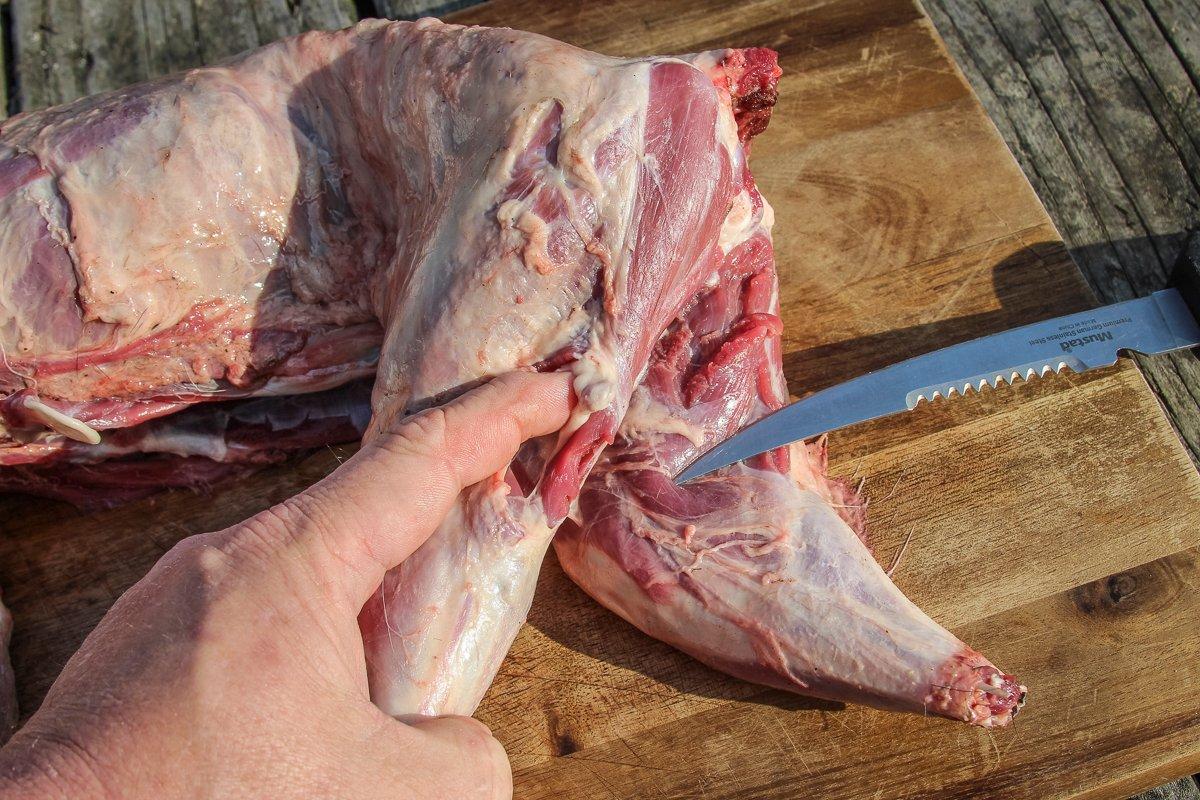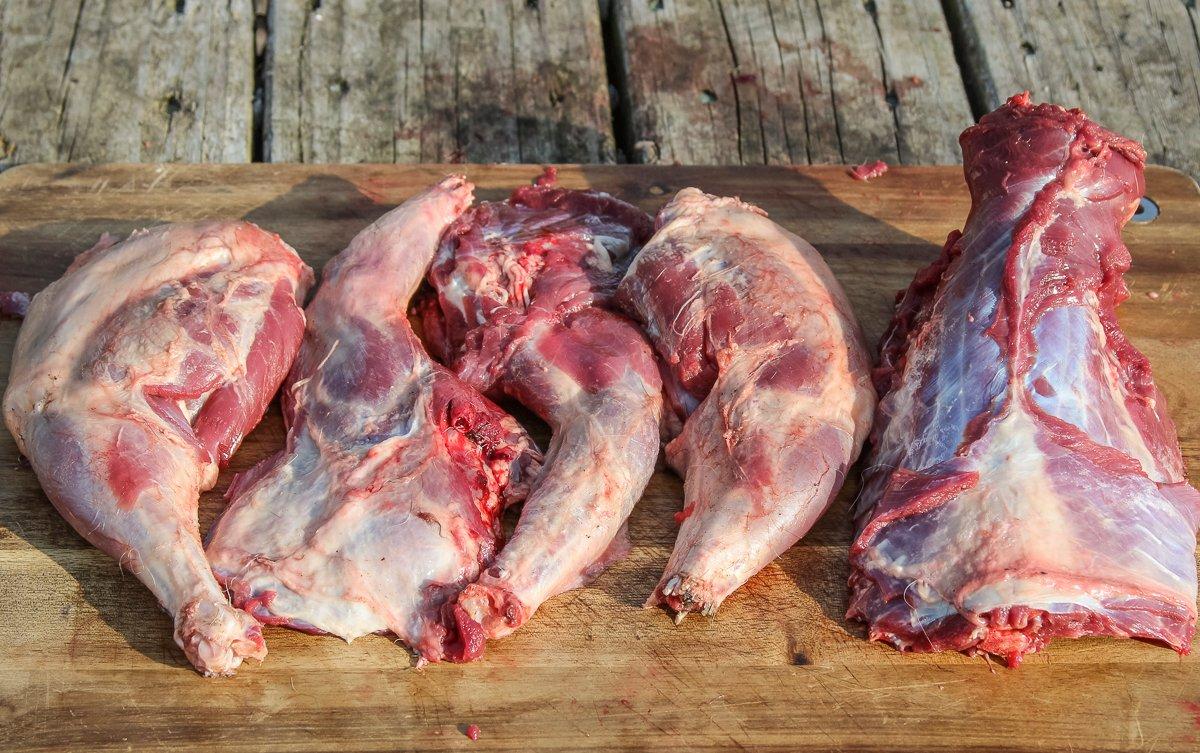Our great (or great-great) grandparents never skipped out on a meal of roasted raccoon. It tastes pretty good — and eating one might just save a wild turkey or two
Old-Fashioned Roasted Raccoon
30 Min
Prep Time
210 Min
Cook Time
4-7
Servings
Medium
Difficulty
If you are a turkey hunter, you are probably aware that nest predation is one of the main reasons for reduced poult production. Increased raccoon populations in many areas, mostly due to decreased hunting and trapping pressure amid low fur prices, are one of the big culprits when it comes to destroyed turkey nests.
We trap them all winter long on our hunting properties, especially late winter leading up to turkey nesting season. Renowned wild turkey biologist Michael Chamberlain recommends predator removal right up until nesting time if the law in your state allows. For us, trapping season is over at the end of February, but we always make a big push right at the end.
Our ancestors prized raccoons as a meal, particularly in the southern U.S. The meat is flavorful but not overbearing, and it makes a fine BBQ or roast.
These glands are located on the back of the hind legs, just above the knee joint, and one each under the front legs of the raccoon. To remove the back glands, use the tip of a sharp knife to cut up the center of the back leg, working from the knee joint toward the back. The glands, one per side, will be about an inch above the knee joint and just under the surface of the meat. They look like small, gray, fat-covered marbles.
Ingredients
1 raccoon, skinned and butchered into 4 legs and a back section
2 quarts water
1/2 cup kosher salt
2 tablespoons apple cider vinegar
2 bay leaves
2 tablespoons vegetable or olive oil
1 pound of small red potatoes, skin on, halved
1 pound carrots, peeled
3 purple top turnips, washed, peeled, and quartered
2 medium yellow onions, peeled and quartered
4 cloves garlic, peeled
Salt and pepper to taste
1 teaspoon brown sugar
1/2 teaspoon dried rosemary
1/2 teaspoon red pepper flakes
2 cups beef or venison stock
Cooking Instructions
Start by cleaning the raccoon and removing the glands. I'm not a big fan of raccoon fat, so I trim away as much as possible before cooking. Soak the sectioned raccoon overnight, refrigerated, in a mixture of 2 quarts water, 1/2 cup kosher salt, and 2 tablespoons apple cider vinegar.
Layer the parboiled raccoon over the vegetables. Season the meat with additional salt and pepper. Add the brown sugar, rosemary, and red pepper flakes. Pour in the stock and place the lid on the pot.
Transfer the pot to a preheated 300-degree oven. Bake for 3 to 3 1/2 hours, or until the meat is tender and falls from the bone. Serve with the cooked vegetables and spoon over the cooking liquid as a gravy.










